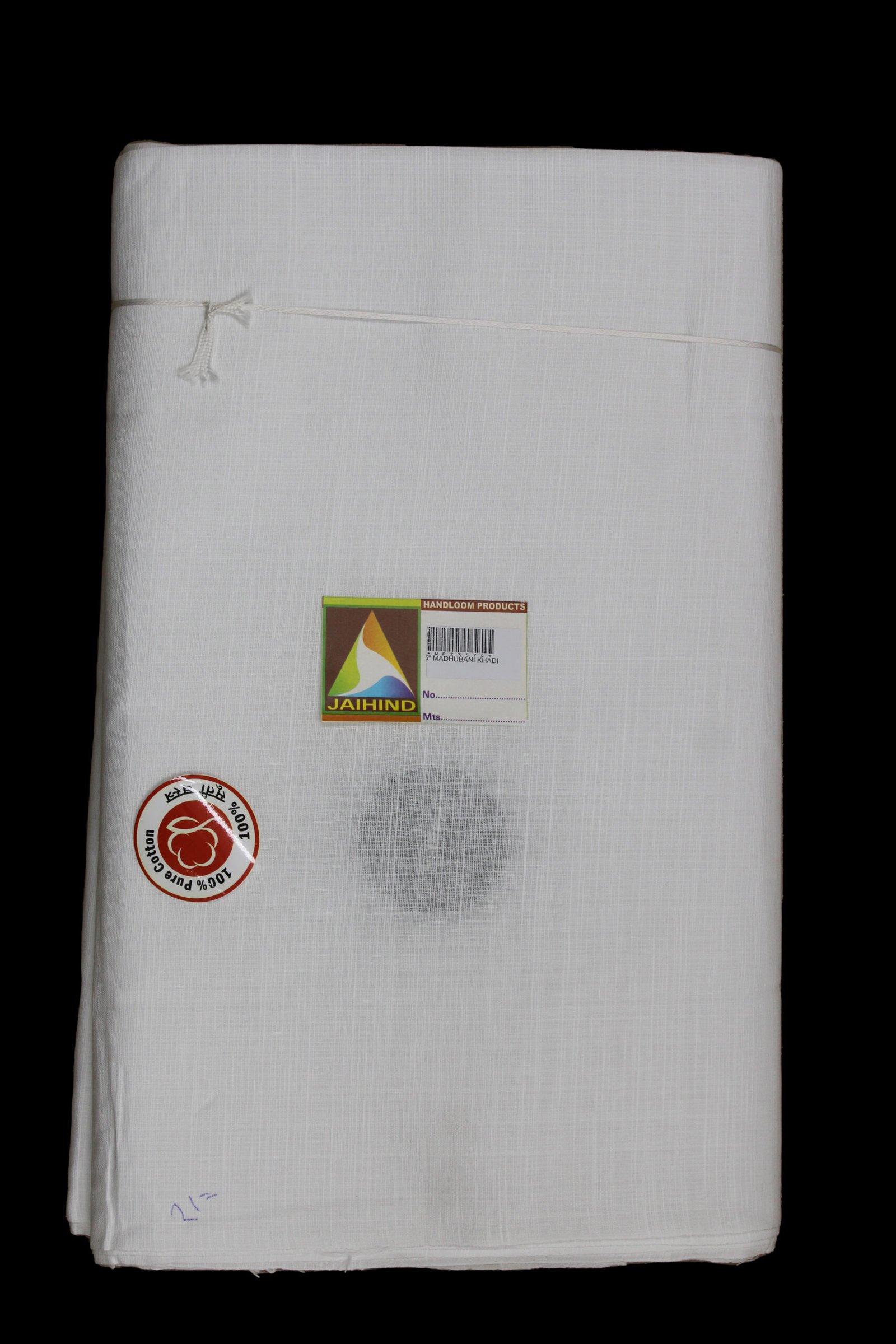The Rich Heritage of Madhubani Art
Madhubani art, a celebrated form of Indian folk painting, hails from the Mithila region of Bihar, India. This traditional art form is steeped in history and cultural significance, having been meticulously passed down through generations, predominantly by women. Its roots can be traced back to ancient times, with origins intertwined with the very fabric of daily life and rituals of the Mithila community.
The art is renowned for its distinctive characteristics, which include intricate patterns and vibrant colors. Traditional Madhubani art is often created using natural dyes and pigments, which are sourced from plants, minerals, and other natural materials. The use of these eco-friendly colors not only preserves the authenticity of the art but also connects it deeply with nature, one of its most prevalent themes.
Madhubani art is rich in motifs and themes, often depicting elements from nature, mythology, and folklore. Common subjects include flora and fauna, celestial bodies, and scenes from Hindu epics such as the Ramayana and Mahabharata. These themes are usually presented in a highly stylized and symbolic manner, making the art both visually captivating and culturally resonant.
Within Madhubani art, several distinct styles have evolved, each contributing to its overall richness. The Bharni style is characterized by the use of vibrant colors and is typically employed to depict mythological themes. The Katchni style, on the other hand, is known for its delicate line work and intricate detailing, often rendered in monochrome. Tantrik style focuses on religious and esoteric themes, featuring symbolic and geometric patterns. The Godna style, inspired by traditional tattoo art, uses simple motifs and a limited color palette, while the Kohbar style is associated with wedding ceremonies and is rich in fertility symbols and auspicious imagery.
Each of these styles brings a unique flavor to the fabric, contributing to the elegance and diversity of Madhubani art. The intricate patterns and vibrant themes not only enhance the aesthetic appeal of the 35 Inches Madhubani Khadisa White Fabric but also imbue it with a profound cultural heritage, making it a timeless piece of art.
The Unique Qualities of 35 Inches Madhubani Khadisa White Fabric
The 35 inches Madhubani Khadisa white fabric stands out due to its exceptional material composition and intricate design. Khadisa, a high-quality cotton fabric, is renowned for its durability, breathability, and smooth texture. This makes it an ideal choice for various applications, including clothing, home decor, and accessories. The fabric’s soft, yet sturdy nature ensures comfort and longevity, making it perfect for everyday wear or special occasions.
One of the standout features of this fabric is the elaborate Madhubani designs that adorn it. Madhubani art, originating from the Mithila region of India, is known for its intricate patterns and vibrant motifs. The process of creating these designs involves meticulous hand-painting or block printing, which adds a unique, artisanal touch to each piece of fabric. These designs not only enhance the aesthetic appeal of the fabric but also infuse it with cultural significance and artistic heritage.
The 35-inch width of this fabric offers several advantages, particularly for specific types of projects. For instance, it allows for the creation of wider garments, such as skirts and dresses, without the need for excessive stitching or seams. This dimension is also beneficial for home decor projects like curtains or tablecloths, providing ample coverage and a seamless look. Additionally, the generous width makes the fabric versatile for crafting accessories like scarves and shawls, where a continuous piece of fabric can enhance the final product’s elegance.
Caring for the 35 inches Madhubani Khadisa white fabric is essential to maintain its beauty and longevity. It is recommended to hand wash the fabric in cold water with a mild detergent to preserve the delicate designs and prevent color fading. Avoid using bleach or harsh chemicals, and dry the fabric in a shaded area to protect it from direct sunlight. Ironing on a low setting can help maintain the fabric’s smooth texture and ensure the intricate artwork remains intact.






Reviews
There are no reviews yet.